Resurgent GCC-Central Asia partnership challenges global power rivalries
- Update Time : Sunday, April 13, 2025
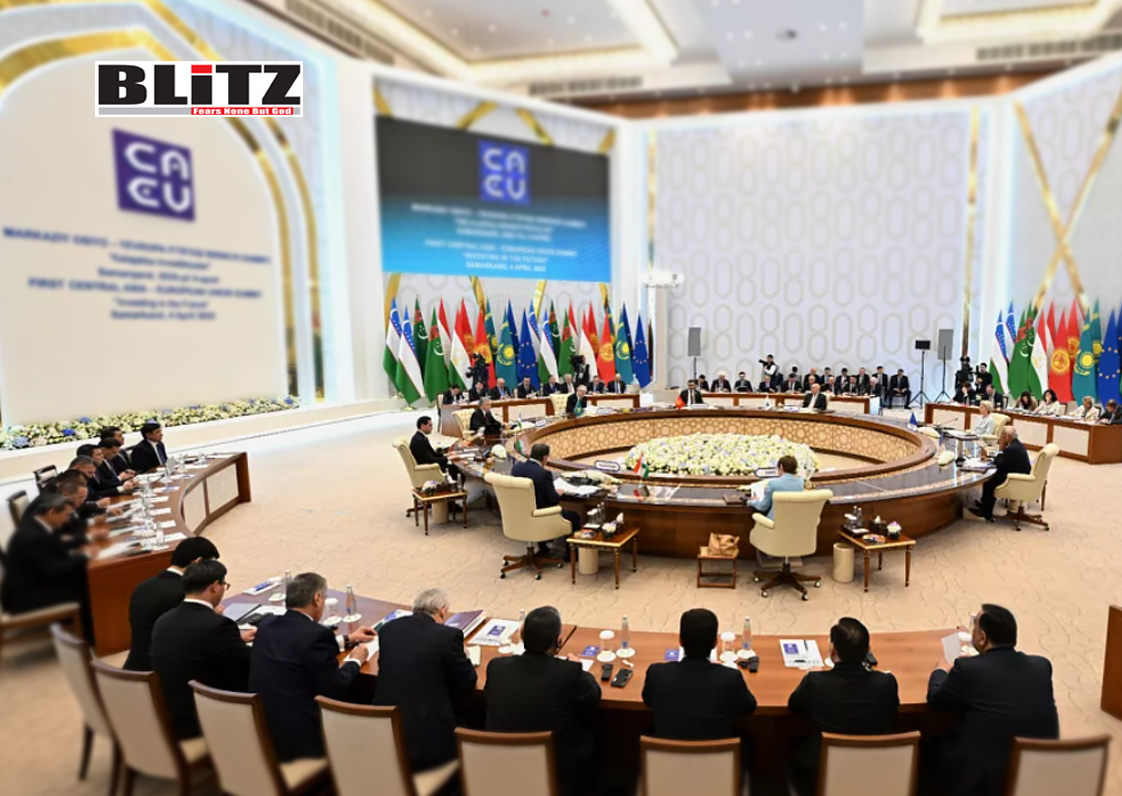
In early May, the historic Silk Road city of Samarkand in Uzbekistan will once again become the focal point of Eurasian diplomacy, as it hosts the second Gulf Cooperation Council–Central Asian Summit. This marks a continuation of the high-level engagement initiated in July 2023, when leaders from the GCC and the five Central Asian republics – Kazakhstan, Uzbekistan, Kyrgyzstan, Tajikistan, and Turkmenistan – convened in Jeddah for the first summit of its kind. The significance of these meetings goes well beyond symbolic gestures; they signal a growing effort by two resource-rich, strategically located blocs to revive centuries-old ties and forge a modern partnership, one that could shift the balance of power in a region long dominated by external superpowers.
For over a millennium, the Gulf and Central Asia were deeply intertwined through trade, culture, and religion. From the 8th to the 19th centuries, they thrived as part of a contiguous economic and spiritual sphere that stretched from the Arabian Peninsula to the steppes of Central Asia. These connections were severely disrupted in the 19th century, when Russia’s imperial expansion and later Soviet control reoriented Central Asia’s gaze northward. It was not until the dissolution of the Soviet Union in 1991 that the Central Asian republics regained their independence and the opportunity to look southward again.
Since then, the so-called C5 nations have steadily worked to reestablish their identities as sovereign players on the world stage. With vast reserves of oil, gas, uranium, and rare earth minerals, they are natural energy exporters. But being landlocked has necessitated a careful balancing act in foreign relations, as these states require access to seaports and transnational infrastructure corridors. Their strategy has been to pursue a form of “neutral multilateralism,” maintaining cordial ties with Russia, engaging China economically, cooperating with the US selectively, and now looking toward the Gulf for new avenues of growth.
What distinguishes the GCC-Central Asia partnership is its apolitical foundation. Unlike major global powers who often link economic aid to political conditions, both blocs are focused purely on pragmatic cooperation. This shared commitment to mutual respect and noninterference is rooted not only in historical familiarity but also in contemporary alignment. Both regions seek to avoid becoming pawns in the geopolitical rivalries playing out between the West, Russia, and China. Instead, they envision a multipolar world in which regional groupings can forge their own paths without external coercion.
However, the ability of Central Asia to maintain its neutrality is being tested. The war in Ukraine has increased pressure on the C5 nations to take sides. Russia, a traditional hegemon in the region, has pushed for political support, while the West has attempted to isolate Moscow economically. This has placed the Central Asian republics in a difficult position: on one hand, they rely on Russian markets and security cooperation; on the other, they are wary of being swept into Moscow’s orbit at the expense of their independence.
Simultaneously, the escalating economic confrontation between the United States and China has further complicated the regional calculus. The imposition of new US tariffs – 27 percent on Kazakhstan and 10 percent on the other four Central Asian nations – is pushing them to reconsider their trading partners. While the Trump administration has temporarily paused some tariffs for 90 days, the message is clear: doing business with the US now comes with unpredictable costs.
China, meanwhile, has responded to American protectionism by intensifying its outreach to friendly regions. Central Asia, already a vital node in Beijing’s Belt and Road Initiative (BRI), offers a ready market for Chinese goods – particularly electric vehicles and other green technologies that face steep regulatory hurdles in the West. Central Asian nations have embraced Chinese EVs, offering tax incentives and tariff exemptions that reflect both economic pragmatism and a desire for energy transition.
Yet, while China’s presence continues to grow, Central Asian leaders are cautious about overdependence on any single power. Diversification of trade and diplomacy is the name of the game. This is where the GCC enters the picture. The Gulf states are not only flush with capital but are also keen to invest abroad to secure long-term economic stability in a post-oil world. Central Asia’s untapped infrastructure, energy, and agricultural sectors are ripe for such investment.
Trade between the GCC and Central Asia has grown tenfold over the past eight years, a clear sign of deepening ties, although the absolute figures remain modest. Nearly all GCC states – especially Saudi Arabia, the UAE, and Qatar – have launched ambitious investment ventures in the region. These include renewable energy projects in Kazakhstan, infrastructure development in Uzbekistan, and food security partnerships with Turkmenistan.
A key agenda item at both the Jeddah and Samarkand summits is the establishment of efficient transportation and logistics corridors that bypass geopolitical flashpoints. One obvious candidate is the so-called “Middle Corridor,” which stretches from China through Central Asia, across the Caspian Sea, and onward to the South Caucasus and Turkey. However, this route faces limitations, including the need for expensive maritime infrastructure across the Caspian and political bottlenecks in the Caucasus.
Iran, given its strategic location, could be a game-changer in these connectivity plans. Geographically, it forms a natural bridge between Central Asia and the Arabian Peninsula. However, its confrontational foreign policy and tense relations with both the West and GCC states have undermined its potential as a transit hub. Despite ongoing diplomatic overtures by both the Gulf and Central Asian states, Tehran continues to prioritize ideological rigidity over regional integration.
Still, the possibility of Iranian cooperation cannot be entirely dismissed. If Iran were to soften its stance and embrace trade and diplomacy over conflict and militancy, it could benefit immensely from being a central artery in a revived Silk Road. For now, however, the GCC and Central Asian countries are actively exploring alternative routes – including enhanced rail and road links via Afghanistan, Pakistan, and the South Caucasus.
What makes this growing partnership particularly resilient is its foundation in shared values. Both regions value political stability, respect for sovereignty, and a neutral approach to great-power rivalry. These principles not only shield them from external interference but also allow for a more focused and mutually beneficial economic relationship.
As the Samarkand summit approaches, it is likely that we will see announcements of new joint infrastructure projects, investment funds, and trade facilitation mechanisms. These efforts signal a long-term strategic shift that reflects a broader global trend: the rise of regional alliances that prioritize development and cooperation over ideology and confrontation.
In a world increasingly fragmented by geopolitical tensions, the resurgence of the GCC–Central Asia partnership offers a rare example of pragmatic, forward-looking diplomacy. It challenges the notion that all roads must run through Washington, Moscow, or Beijing. Instead, it revives the idea – once central to the Silk Road – that prosperity can flow through many routes, provided there is mutual respect, shared interest, and a willingness to reimagine old relationships for new times.


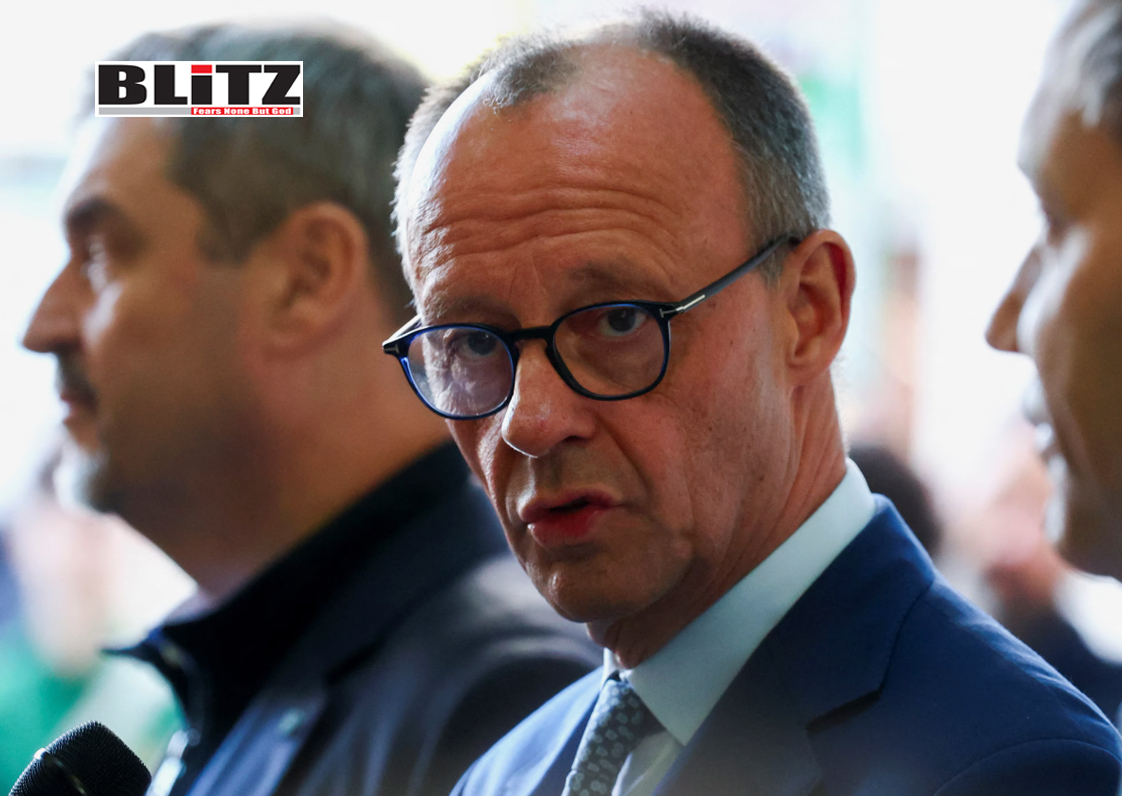
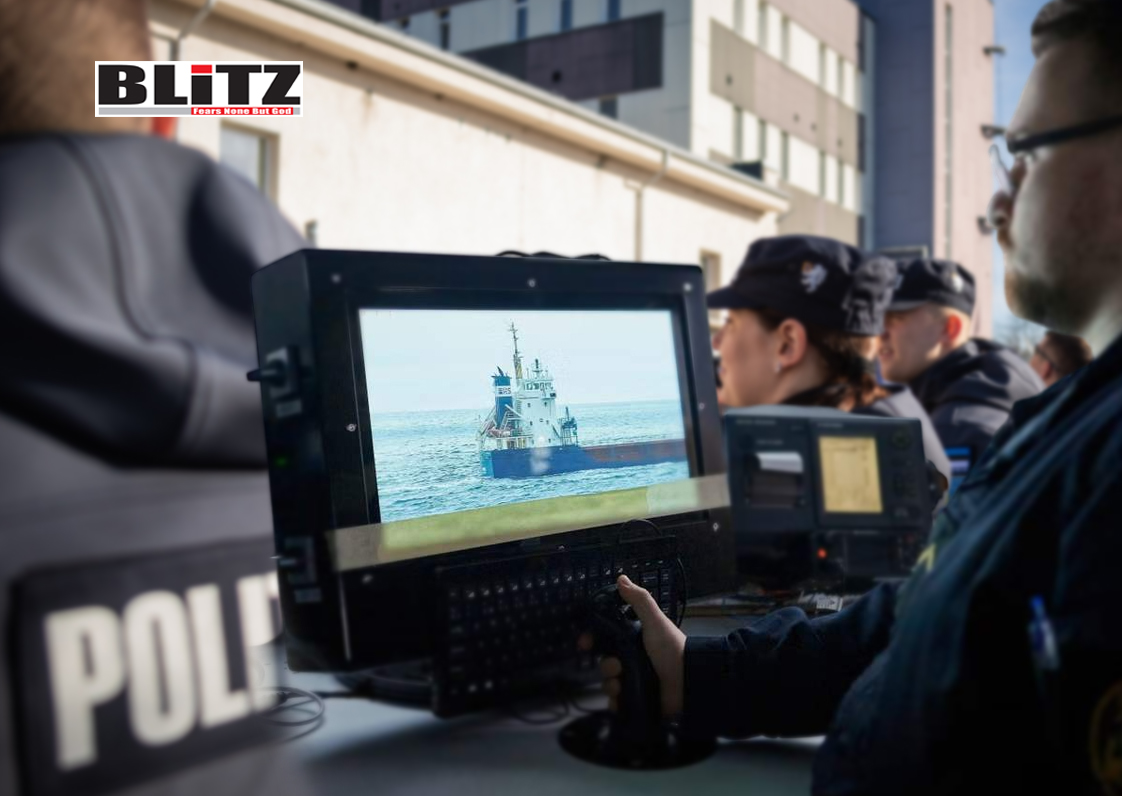

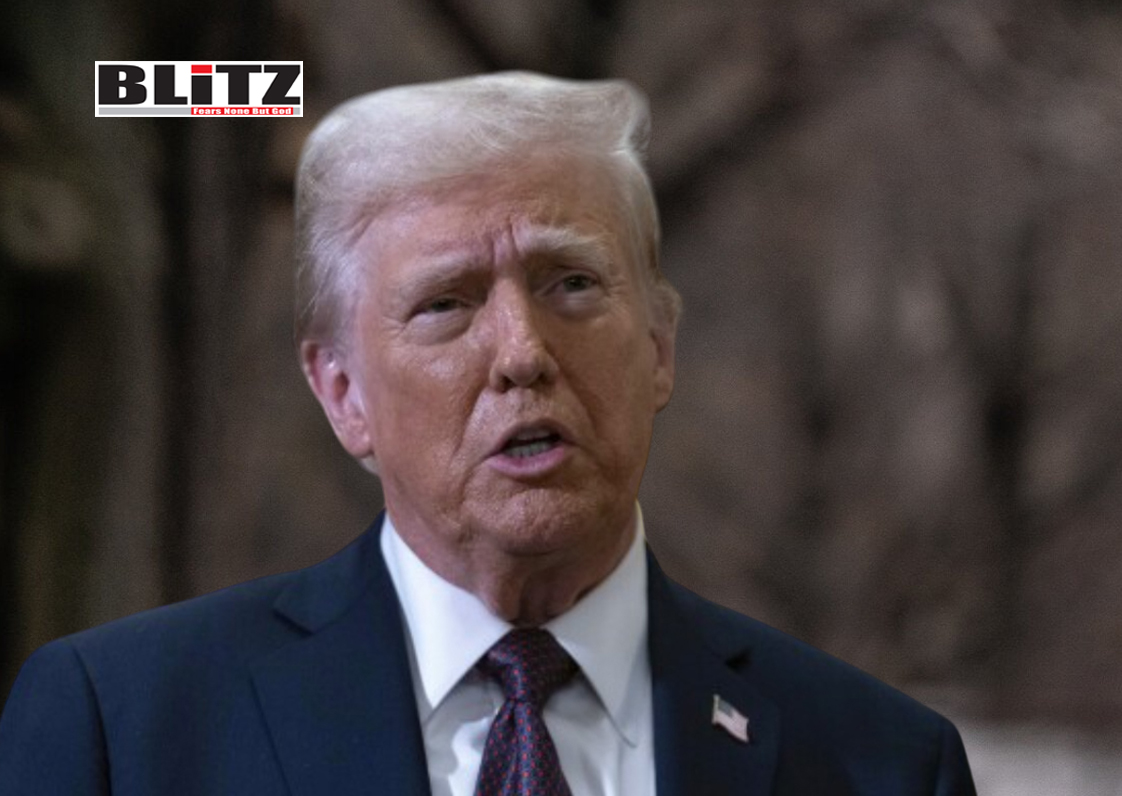


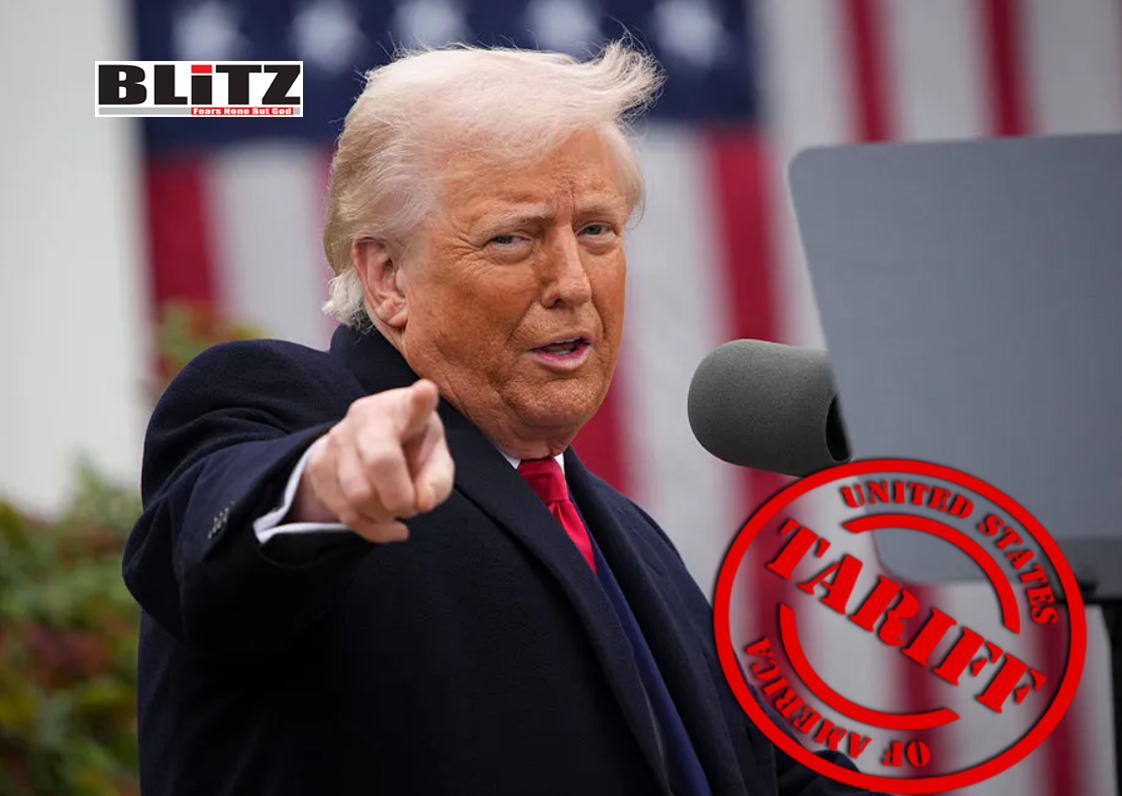
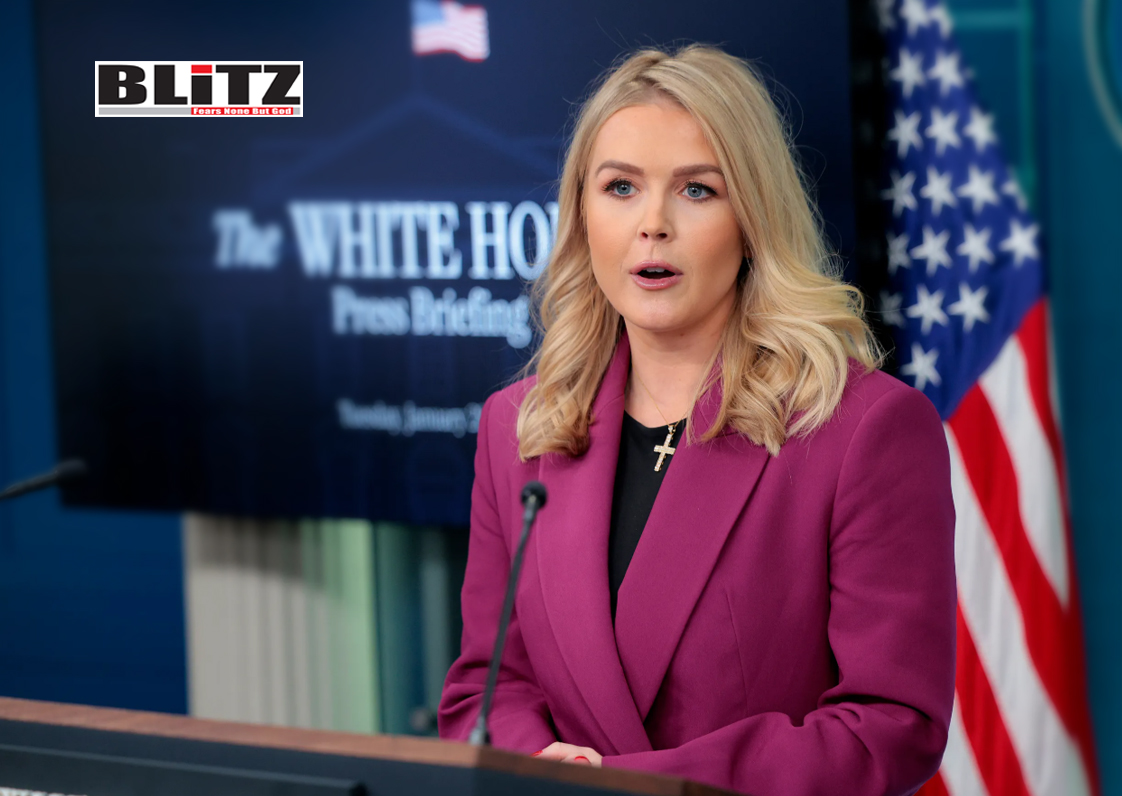
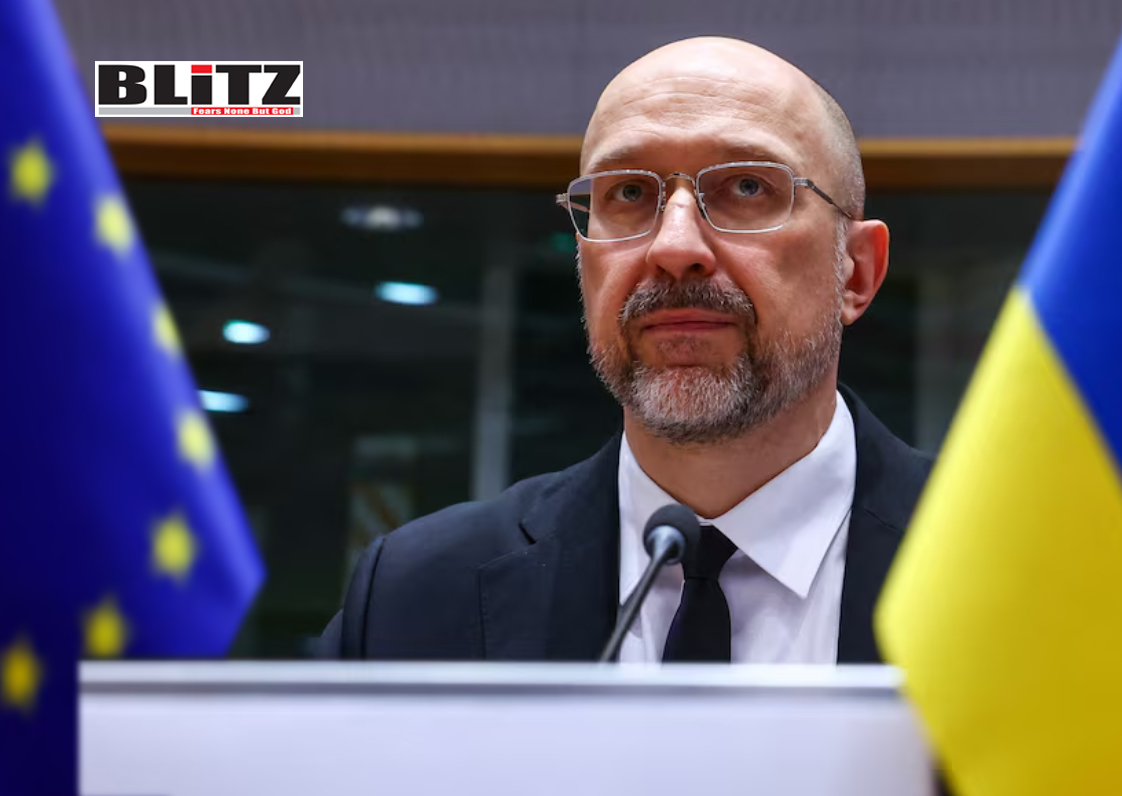
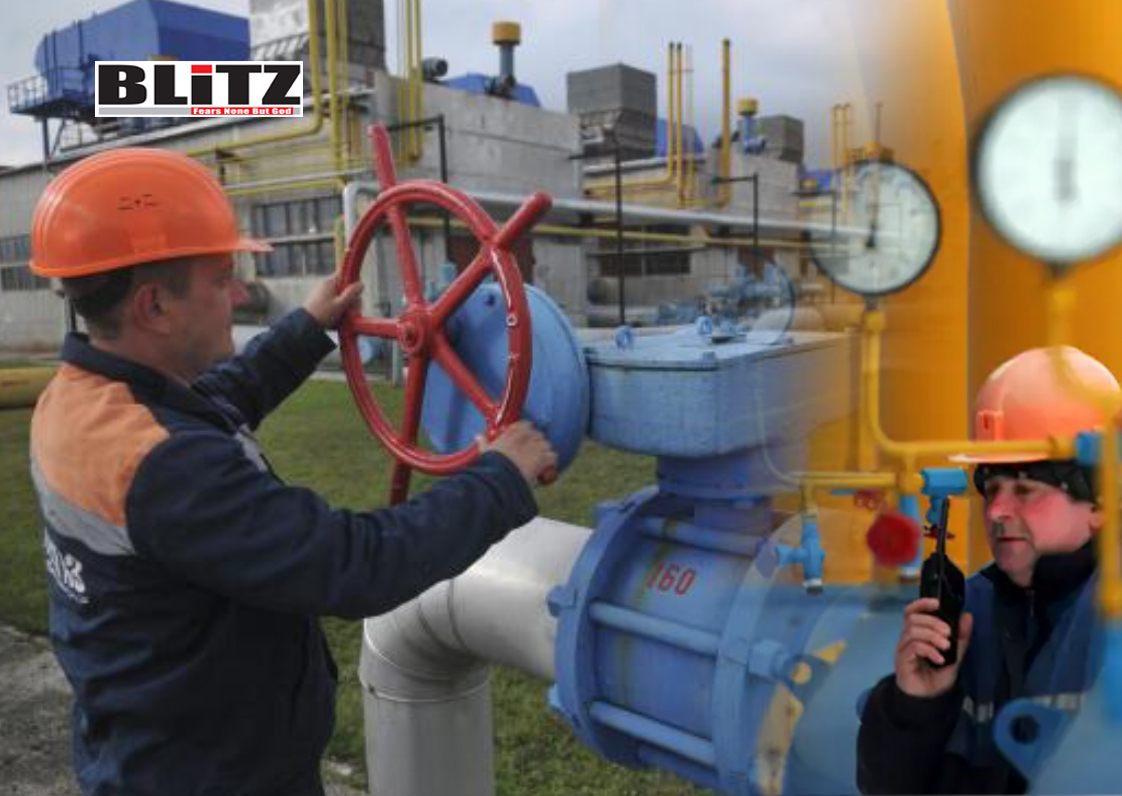
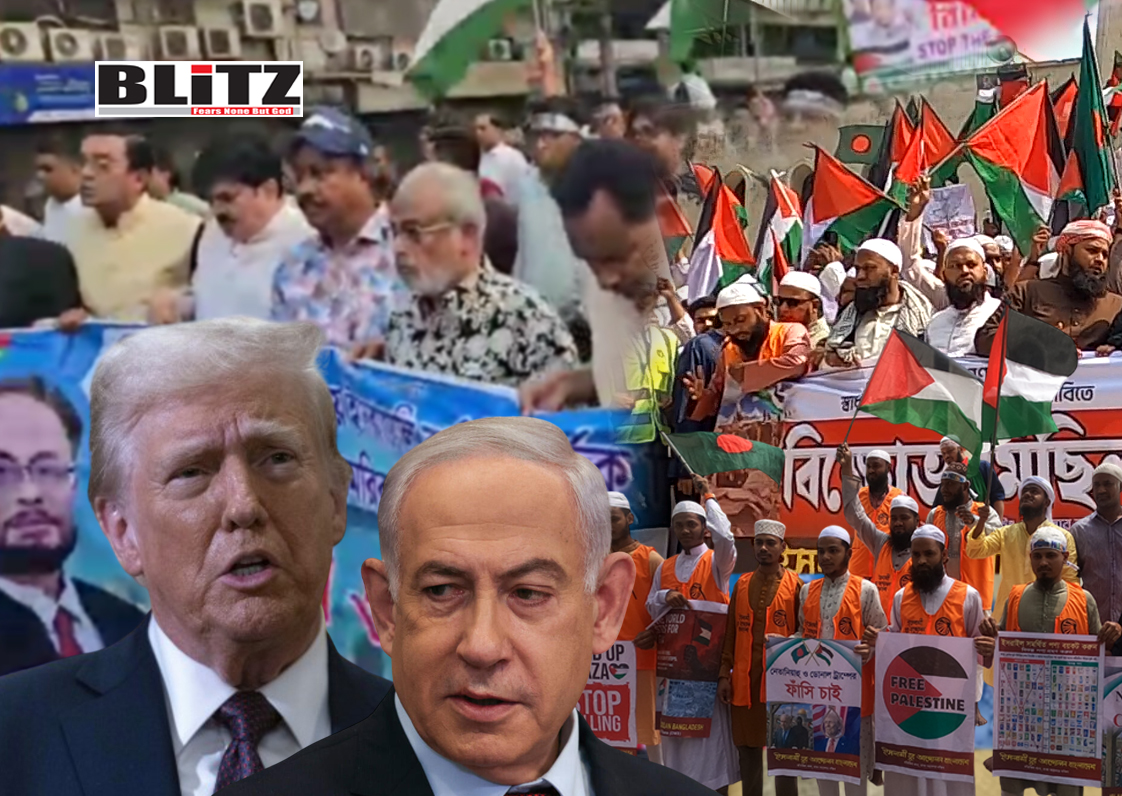
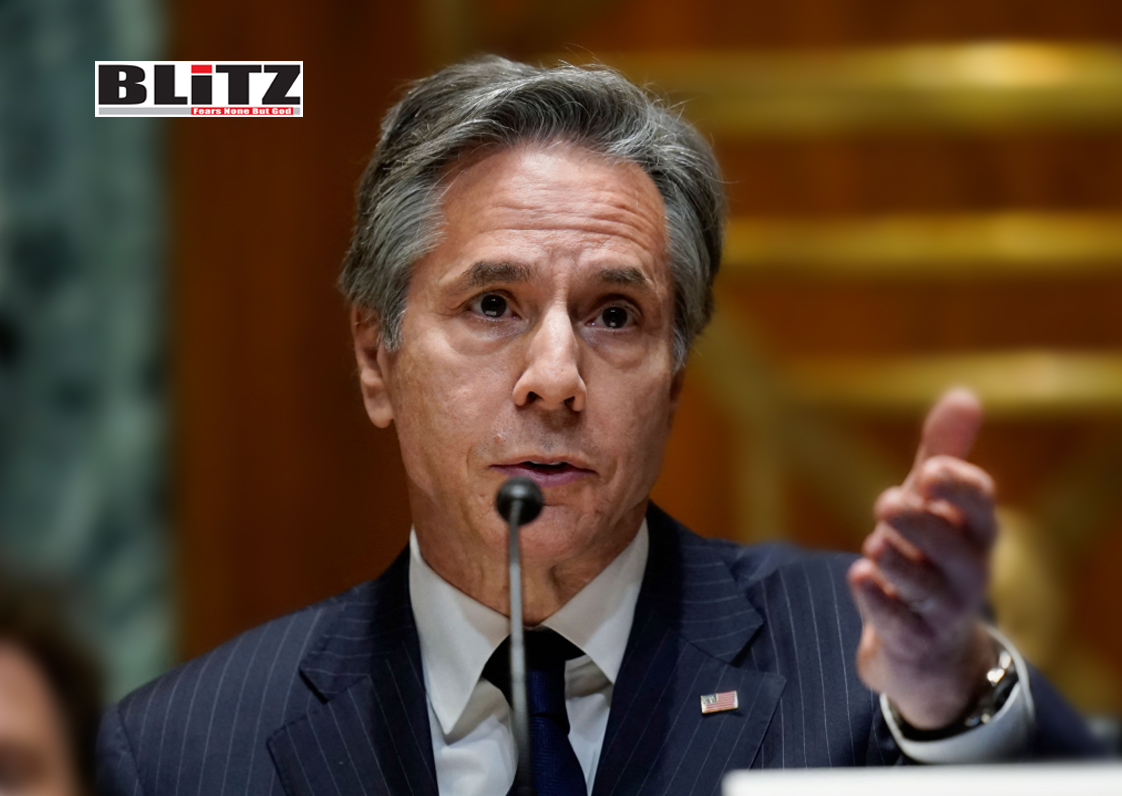
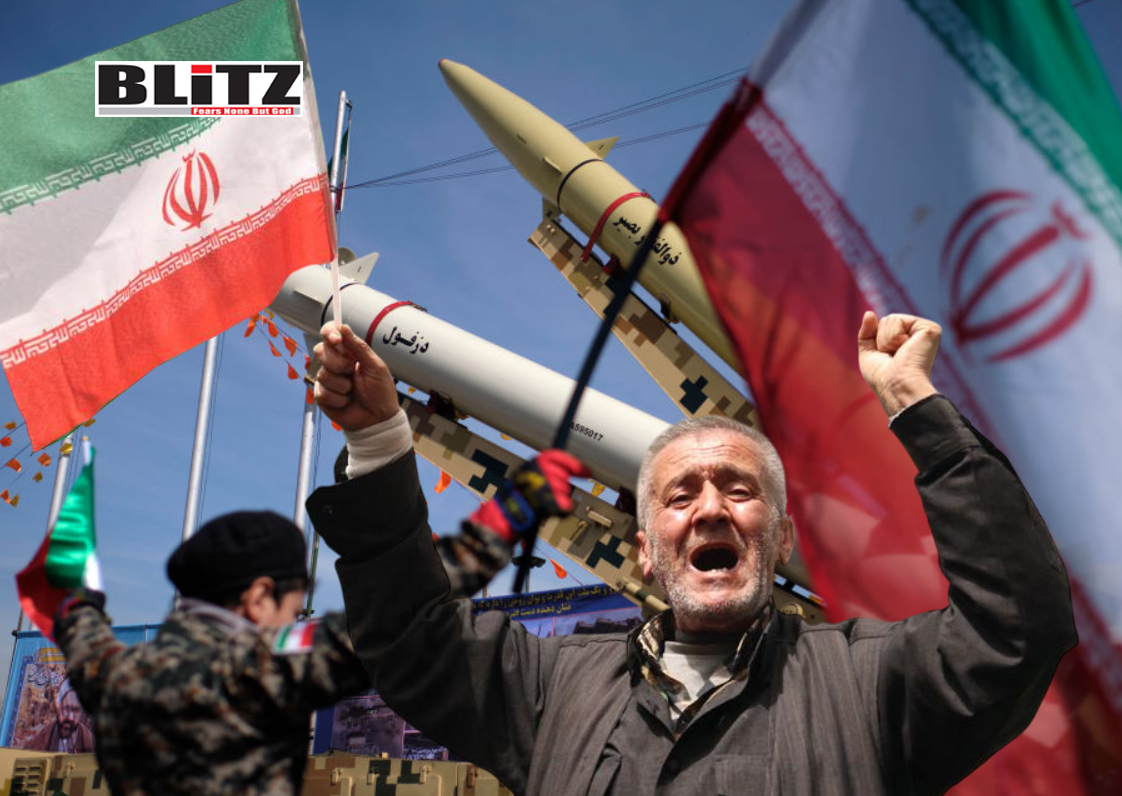

Leave a Reply